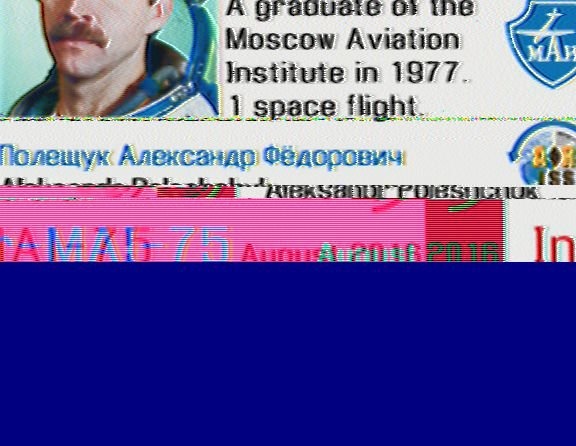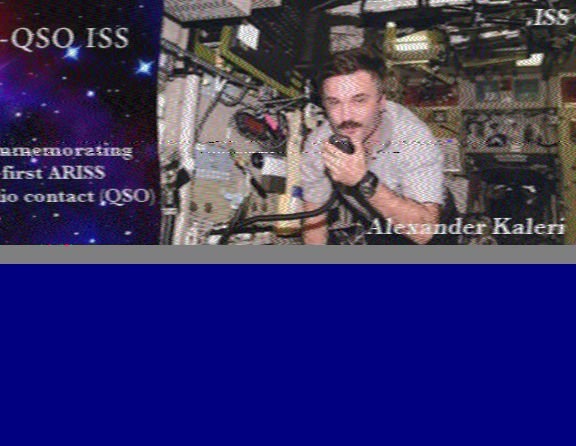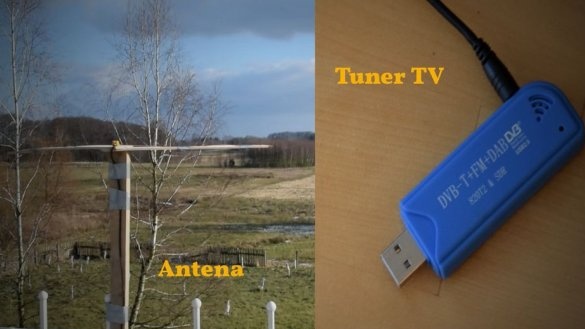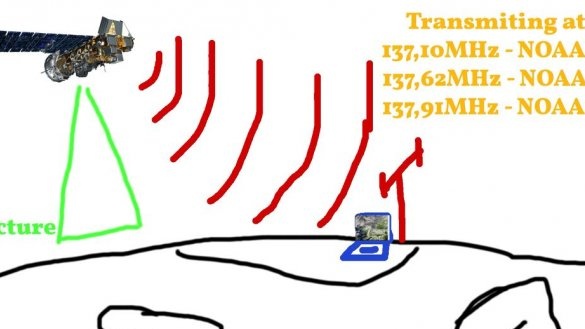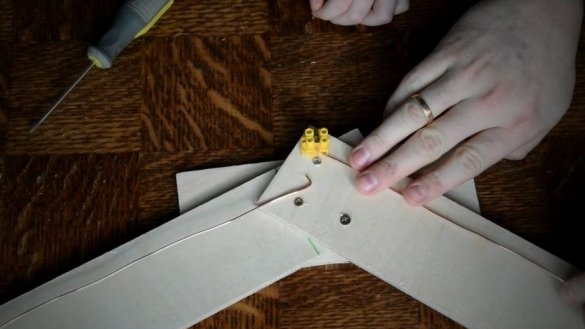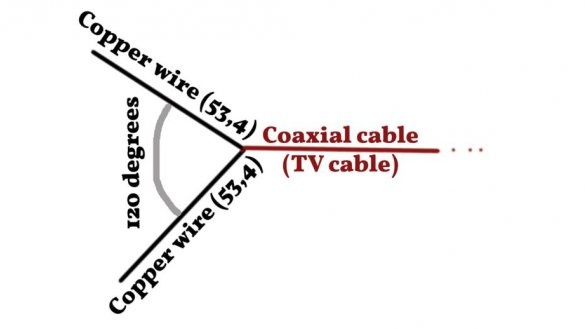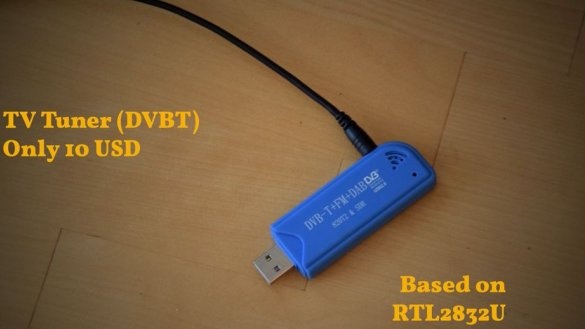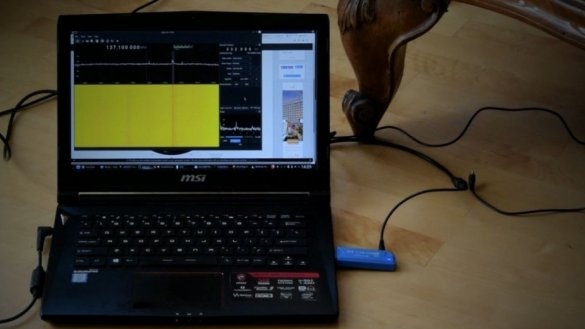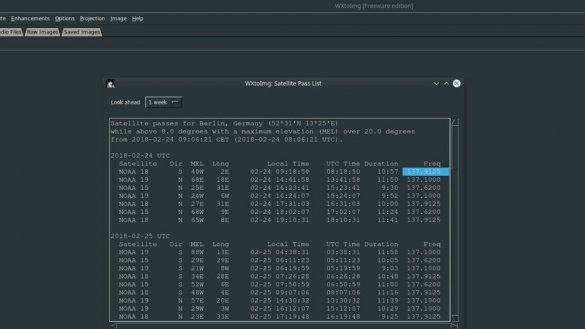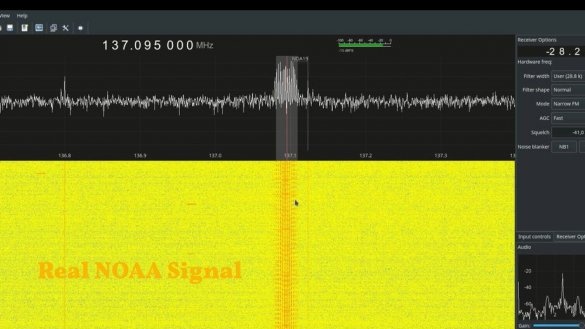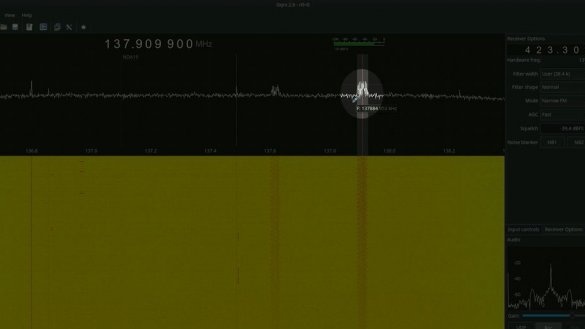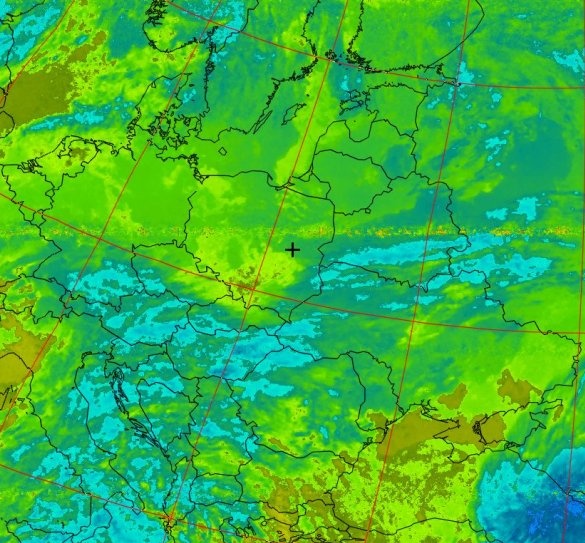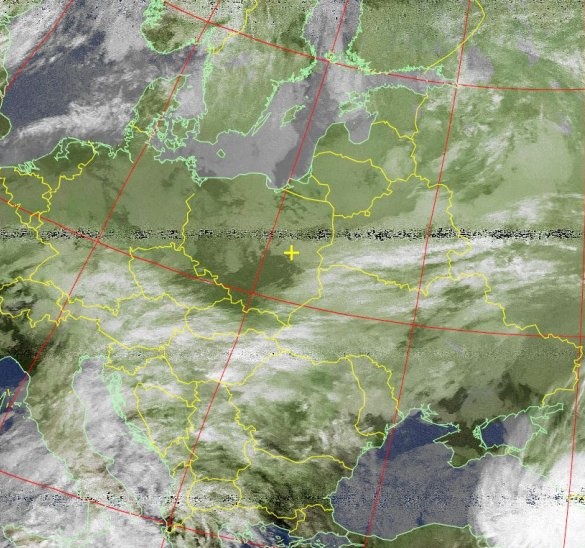An interesting instruction was laid out by an American master. In the instructions, he talks about how, with a minimum of equipment and small manipulations with the software, to display a picture of Earth’s images from satellites on a TV screen. Moreover, viewing pictures is in real time.
So, let's begin.
We will need:
- 2 wires;
- plywood or boards;
- coaxial cable;
- computer (Windows / Mac / Linux);
-TV tuner;
In this manual, the author will show how this works on the example of the NOAA satellite. NOA satellites fly at an altitude of more than 800 km above the earth and fly around the Earth in just 100 minutes. During this flight, they take pictures of the Earth, and then these images are transmitted through the 137 MHz FM frequency to Earth.
To receive a signal from a satellite, we need an antenna. The simplest is two copper wires 53 cm long, connected in a V-shape at an angle of 120 degrees. Such an antenna is made for frequencies of 137 MHz.
The author made an antenna from plywood and ordinary electric copper wires. These wires are then connected to the coaxial cable of the TV. The author took no more than 20 minutes to assemble the entire antenna.
For the receiver, the author uses a TV tuner based on the RTL2832U chipset. Such a device costs about $ 10 and allows you to watch TV on a laptop.
The tuner is actually an SDR device - Software Defined Radio (software defined radio system) - this means that it can receive FM frequencies and can be controlled by computer software.
After installing the tuner in Windows, you need to hack it by replacing the original drivers with Zadig software. Run it and click replace drivers.
In Linux, the procedure is different information can be found.
To track satellites, the author advises using the WXTOIMG program. This program is simple, compatible with all systems and able to decode satellite signals.
To predict NOAA satellites, you need to set the coordinates of your location in the options. Then select the “Satellite Pass List” option, and you will see when and at what frequencies you want to listen to the signal (a complete step-by-step guide can be seen in the video below).
To control a TV tuner, receive and record a signal from a satellite, the author uses the SDR Sharp program. For Linux / Mac, you can use GQRX. It is necessary to select the necessary frequency and the signal will be heard and its diagram visible.
Now there is everything you need.When the satellite is above the desired location, it opens the SDR software, sets the frequency 137, XXX MHz and adjusts the receiver parameters as follows:
- FM modulation
- range: 44 kHz
Then he presses the record button when signals begin to appear.
After the signals are recorded, it is necessary to change its frequency from 44 kHz to 11025 Hz. The author used Audacity software for this. It simply opens the wav file, changes the frequency and saves again.
The final step is to open WAV in WXTOIMG. After that, the program automatically decodes the signal and ... and that's it! You have your photos of the earth.
You can select various decoding types in Wxtoimg, such as temperature, continents, seas, etc.
And that's not all. With this configuration (perhaps only with the optional LNA amplifier), you can receive better photos from METEOR 1 and 2 satellites (other decoding software is required). You can receive ISS SSTV signals (images from the International Space Station), you can listen to some local radio stations in a wide FM band.
